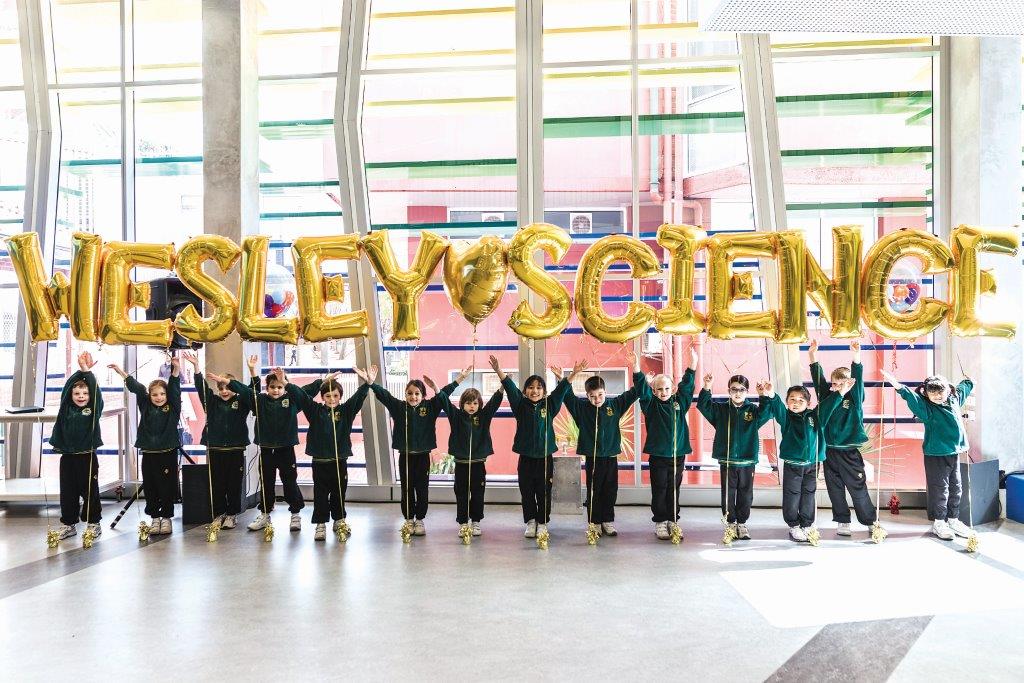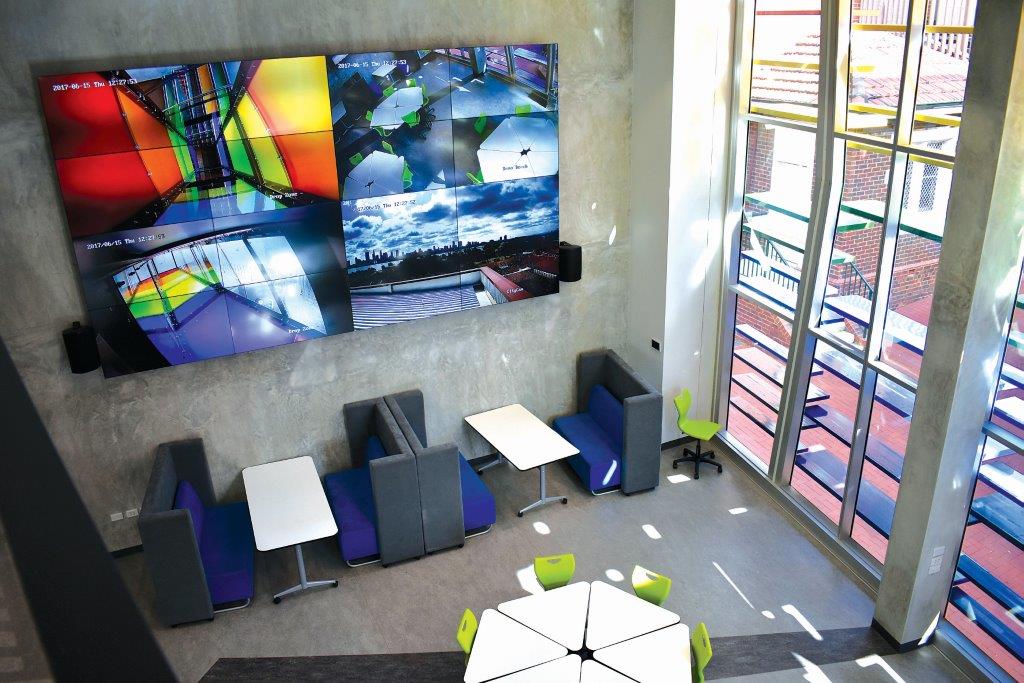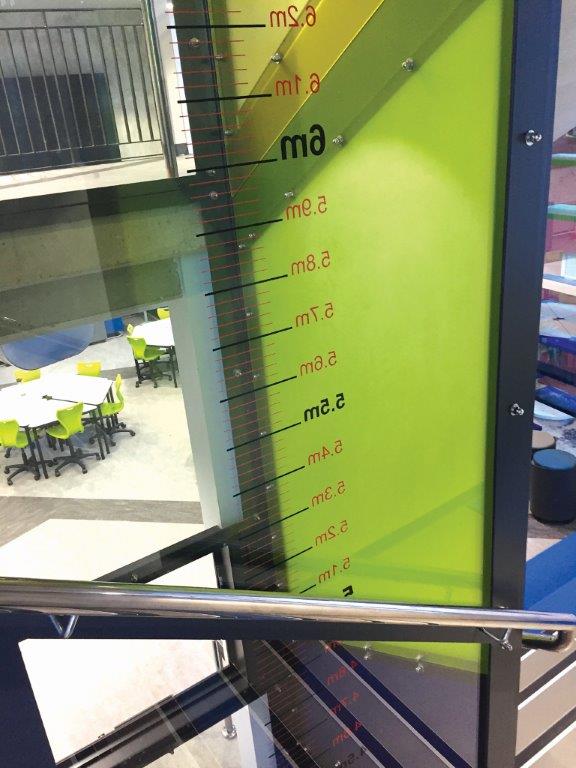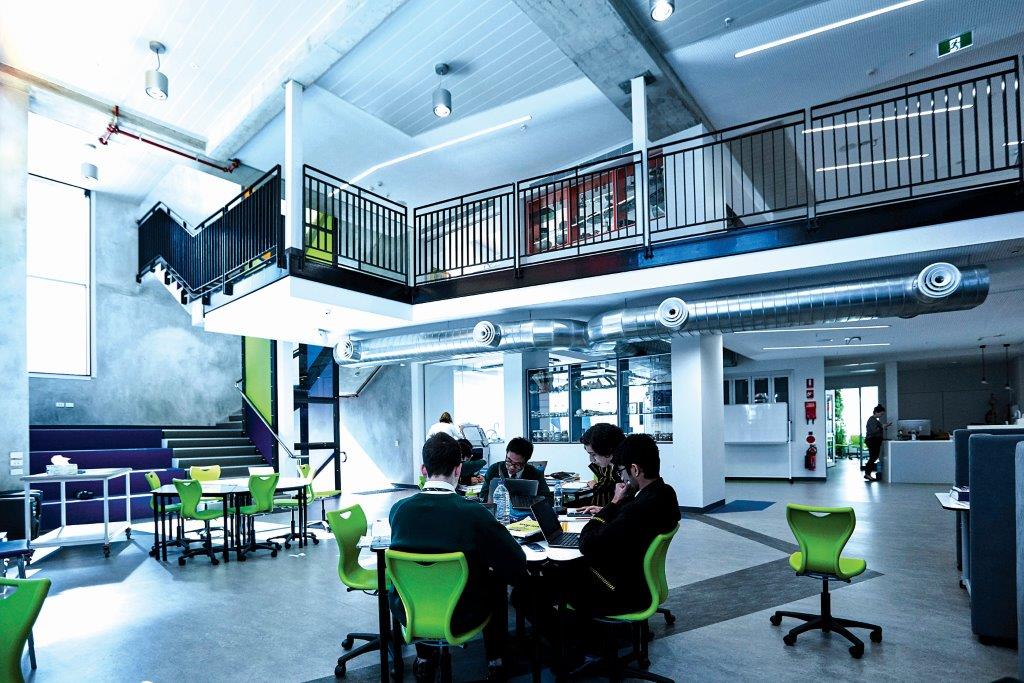Wesley College’s ‘Science Centre for Tomorrow’ was officially opened in August by WA Chief Scientist Professor Peter Klinken AC, in a fitting celebration of National Science Week. In addition to Professor Klinken, Wesley College welcomed local teachers, media, government and industry representatives along with its extended community to view the state-of-the-art facility for the first time.
The Science Centre is named in honour of one of Wesley’s longest serving and much cherished teachers, Mildred Manning, who taught biology from 1923–1970 and retired in 1976.
In planning for the Mildred Manning Science Centre, Wesley College’s team of leading educators researched: foremost secondary science facilities in Australia; University Science and Engineering learning spaces and research centres; medical and Science research facilities across Australia; and consulted internationally with experts in learning space design for inspiration before designs were finalised in 2015 and construction began in 2016.
Their vision culminated in a building that is designed as a living, breathing science experiment to excite students who can learn in a hands-on approach.
The Science Centre features a three-storey Living Wall, with opportunities for monitoring soil, water, air and light conditions; a full aquaponics set up for experimentation with sustainable ecosystems; a suspended bee hive for the observation of bees in a colony; pulley systems for students to engage with principles of physics; the incorporation of video and digital technologies into learning experiences; and a three-storey drop zone where the students can use light gates and create wind tunnel effects that would be unachievable in a normal classroom setting. It will have a ‘sustainability roof’ with photovoltaic cells, reducing its carbon footprint, a further learning tool for students.
Chair of College Council and Science Centre for Tomorrow Committee Chair, Jim Walker, extended his thanks to everyone who contributed to the project, especially those who kindly donated to the Capital Campaign.
“Due to their generosity, our students for many years to come will enjoy a world-class and unique learning environment,” he said.
Headmaster, David Gee said, “Students need to be innovative, creative, adaptive and analytical thinkers; and the study of science alongside technology, engineering, arts and mathematics is going to be vital to solving the world’s future problems.
“This building really is designed to live in that innovative space, it’s designed so that not only will students be learning about science, they will be doing science. Students now have access to the types of high-end technology that as a science teacher from some 20-years ago, I could never have imagined.”



